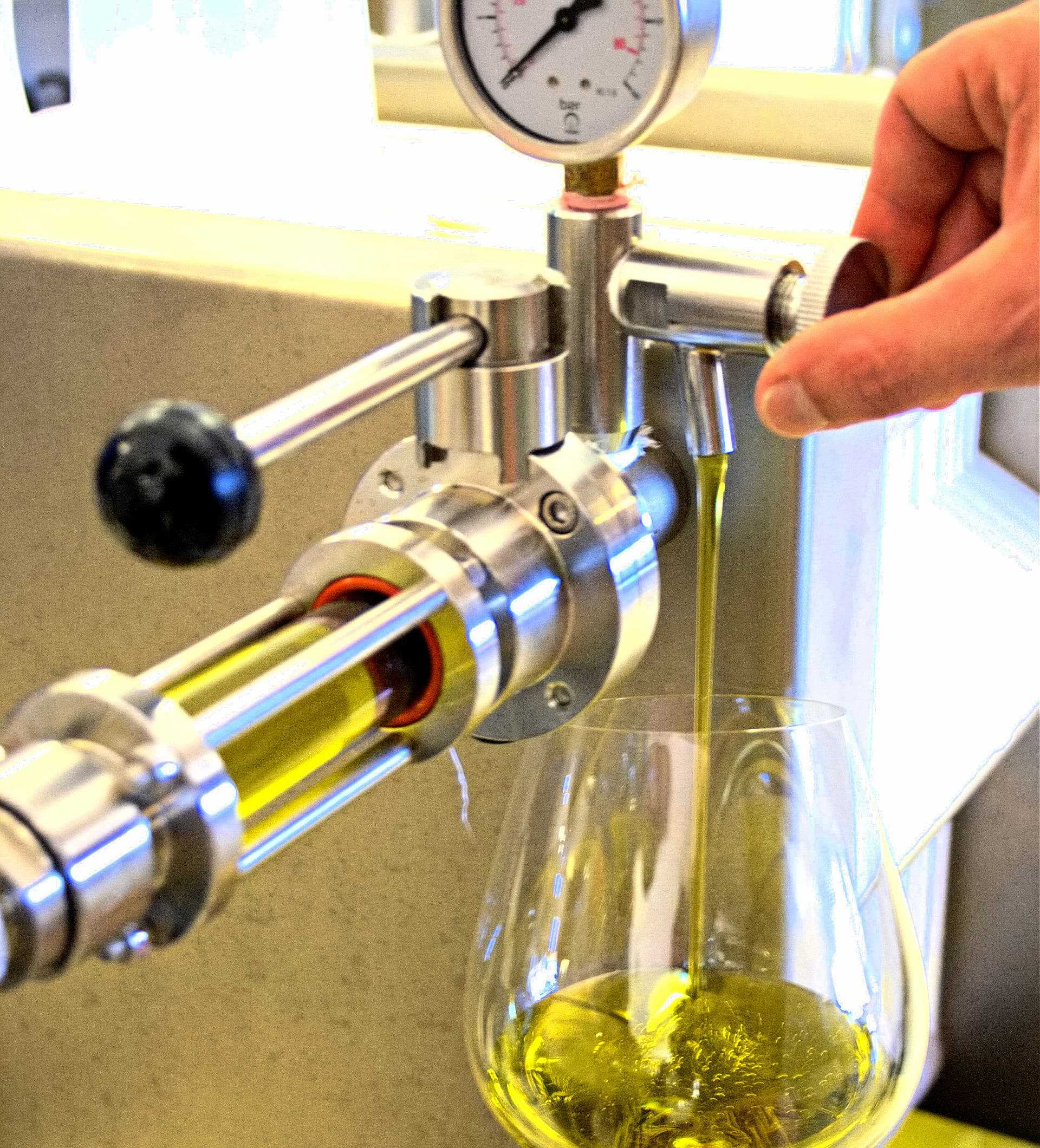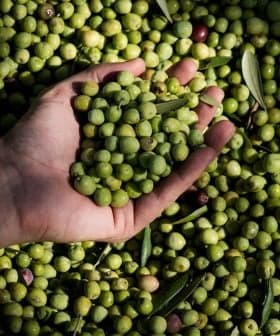Filtered or Unfiltered Olive Oil? A Choice for Consumers
While most consumers opt for filtered olive oil, there are some who still prefer the cloudy look. Which is better?
 76.6K reads
76.6K readsOlive oil production involves extracting oil from olives through stages like malaxation and centrifugation. Filtering olive oil removes impurities, extends shelf life, and is recommended by the International Olive Council, although some consumers prefer unfiltered oil for its richer flavor.
Olive oil production is the process of extracting the oil contained in olive drupes and involves a sequence of stages in a mill.
After the olives are harvested, they are transported to the mill, washed and crushed into a thick paste, which undergoes a process called malaxation (or kneading). Malaxation is a critical stage that allows the oil droplets to combine and form larger droplets.
It is easy to understand that food which is meant to be kept for a long time must be as clean as possible, filtered, and stored in steel containers.
Then the paste is fed to a centrifuge which spins the paste to separate the oil from the fruit flesh, pits and water.
See Also:Olive Oil BasicsFinally, the resulting olive oil is passed on to a smaller centrifuge machine – the separator – which removes most of the remaining water and suspended solids in the oil.
Thus, olive oil is born. If it fulfills specific quality and sensory criteria, it is classified as extra virgin, comprising all the health benefits that olive oil of the highest quality provides.
After the transformation process is completed, there are two paths for producers to choose from to get their olive oil to market.
They can bottle the olive oil as is, unfiltered. The other option is to filter or rack the olive oil, depending on the technique applied. Filtration (or racking) removes any remaining solid particles and moisture.
The first apparent difference between filtered and unfiltered olive oil is appearance: unfiltered olive oil is opaque and cloudy due to the solid residuals present in the oil, while filtered olive oil is brighter and more transparent, free of impurities.
Olive oil filtration is an important stage of olive oil production in its own right.
The International Olive Council (IOC), the intergovernmental organization of olive oil-producing nations, recommends that olive oil undergo filtration to remove any solid microparticles and water, increasing the oil’s shelf life.

Extra virgin olive oil prior to filtering
Most commercially available extra virgin olive oils are filtered.
Unfiltered olive oil, also known as cloudy, veiled or olio nuovo, is available in smaller quantities and is appreciated by some consumers who believe that it packs a richer flavor and aroma and better retains its polyphenols than its filtered counterpart.
Polyphenols are a type of bioactive compound present in olive oil (and particularly in extra virgin olive oil) that are responsible for many of olive oil’s health benefits. This is why some consumers seek high-polyphenol (or high-phenolic) extra virgin olive oils.
There is no definitive norm among olive oil producers when it comes to filtration. Some do not filter their olive oils, while others take the extra step to obtain a clearer end product.
See Also:If you’re not filtering your olive oil, read this.Filtering results in clearer flavor and aromas to the oil, has a minimal effect on the content of polyphenols and other beneficial compounds, and extends the oil’s shelf life.
Eleftheria Kasfiki, an export manager at Olico Brokers, a bottling and exporting company based in Athens, says filtering is essential and preserves extra virgin olive oil and all of its qualities.
Kasfiki disagrees that olive oil retains its organoleptic characteristics when left unfiltered since sediment consisting of olive pulp particles, moisture and margarines – byproducts created during the fermentation of the olive oil in the bottle – gradually form at the bottom of the bottle, altering the flavor and reducing the shelf life of the oil.
She added that olive oil filtering, especially when producing extra virgin olive oil, is a demanding process that requires investments in equipment and expertise to be done effectively.
“Olive oil filtering removes the moisture and any remaining residuals in the oil, making it clear and ready for consumption,” Kasfiki says. “Only in the case of early-harvested extra virgin olive oil (olio novello), which is available to consumers for a short period of about three months each season, filtering is eschewed.”
According to Matia Barciulli, an Italian chef and olive oil enthusiast, some consumers’ preference for unfiltered olive oil is a remnant of the past.
“The mind goes back to the time when all the production process was so artisanal, and the only opportunity for filtering was a surface separation, with all the fermentation that process activated,” he said.

Filtered olive oil
“We shouldn’t be debating on olive oil filtering in our time,” Barciulli added. “It is easy to understand that food which is meant to be kept for a long time must be as clean as possible, filtered, and stored in steel containers.”
“Many times, I walk into a supermarket, and I see people looking at this horrible transparent bottle of olive oil with a centimeter of brown mass at the bottom,” he continued. “I explain to them that what they have is a bottle of rancid oil with some unwanted flavors trapped inside.”
Largely speaking, filtered olive oil is more appealing to consumers than unfiltered oil due to its clarity.
Filtered olive oil also boasts a longer shelf life; unfiltered olive oil is more prone to the effect of heat and light and should be consumed more quickly than filtered extra virgin olive oil.
Unfiltered olive oil is often sought by nostalgic shoppers looking for freshly-milled olive oil to be consumed immediately or within a couple of months.
The difference in nutritional ingredients (such as polyphenols) between filtered and unfiltered olive oil is negligible. After all, the polyphenol content in olive oil mostly corresponds to the variety and origin of olives and proper processing at the mill, rather than the filtration process.
In any case, choosing a filtered or an unfiltered extra virgin olive oil is a matter of taste and personal preference.
When olive oil filtering is done properly and in a timely manner, the results can be rewarding for producers and consumers alike.
Share this article









